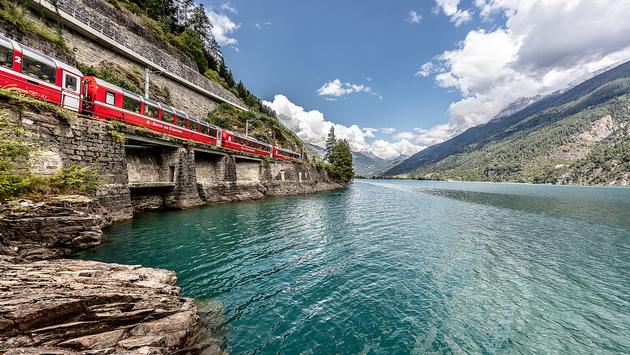Successful travel advisors know that keeping tuned into today’s travel trends is as much a part of the job as the actual act of selling travel. The best way to ensure satisfied clients, and the boost to the bottom line that comes with that, is to anticipate a client’s desires by suggesting destinations, experiences, services and products that are in line with—and even ahead of—consumer behavior trends.
“Travel is an ever-changing animal,” says Dee Dee Bradford, international sales manager of Gateway Travel and Cruises in Colorado Springs, Colorado. “In today’s world, we have to be on our toes to sell ourselves and prove we are better than the Internet. Staying on top of the trends makes us relevant. It keeps us fresh and able to connect with all travel issues that may appear.”
Karen Malone, ACC, MCC, a travel specialist with Travel Leaders in Woodbury, Minnesota, adds that advisors must be “the needed filter for consumers.” With all the options available to travelers today, she says, “The advisor must sift through trends and current hot destinations to find the best fit for their clients.”
One way that travel advisors can provide that much needed added-value is by making suggestions that their clients might not have thought about originally. To that end, European rail travel should be a part of every travel advisor’s tool kit. Of course, most American travelers will reach Europe by airplane—but once on the ground, traveling by rail taps perfectly into today’s hottest travel trends, providing travelers with unique experiences they can’t otherwise achieve. Here’s a look at some of today’s trends and how European rail travel addresses these changing needs and desires.
TREND: Travelers Care About the Earth
A joint study by Virtuoso and YouGov on sustainability found that more than one-third (37 percent) of consumers who participated in the survey are seeking companies that focus on “adopting environmentally friendly practices.” The study also showed that 41 percent are willing to pay more for “adopting environmentally friendly practices.”
For eco-conscious travelers, traveling by train is in most cases more energy efficient than flying and other modes of transportation, notes Clarissa Mattos, Eurail’s North American Market Manager. “There is an increased interest in rail because it fits in with the concerns of customers right now who want to reduce the carbon footprint of their holiday,” she says.
Mattos notes that in a 2019 Eurail Customer Survey, 71 percent of Interrailers—nearly 20 percentage points more than in 2017—agreed that “the low carbon footprint of rail travel was relevant in their decision about the mode of transport for a holiday.”
“Customers are realizing what they purchase has an impact on their lives and the future of the planet, and that the way that they travel impacts other lives,” says Mattos. “What we see, especially in Europe, is that more and more people are asking questions. They are curious about how products are produced, their origin and their source.”
Millennials seem to be the most concerned about sustainable efforts, according to the 2018 Virtuoso Luxe Report. The report shows that “Millennials are three times more likely than second-place Generation X to seek out and support travel companies that are committed to sustainable tourism,” says Virtuoso. Baby Boomers come next, with Generation Z close behind, according to the report.
“Millennials are the first generation that see where the world is going,” says Bradford. “They are witnessing first-hand climate change and their scary futures ahead.” Still, Kim Johnston, manager of the Leisure Department at Travel Leaders in Tacoma, Washington, notes that sustainability concerns are not limited to millennials. “All travelers want to believe that they can make a change in the way their travels impact the environment,” she says. “No one wants to cause more damage to our world, and every enlightened traveler wants to leave their destination better than when they arrived.”
TREND: Overtourism—Too Much of a Good Thing
Overtourism has come into the travel trend lens so much so that the annual MMGY Global’s Portrait of American Travelers for 2019-2020 included a question about overtourism/overcrowding for the first time. Some 60 percent of survey-takers agree with the statement: “I believe tourism overcrowding will have a significant influence on what destinations I want to visit in the next five to 10 years” and 73 percent say, “I avoid really popular destinations at peak times to miss the crowds.”
While riding the rails allows travelers to easily access the most important and popular city centers, it also encourages riders to stop along the way and enjoy destinations they would completely miss if simply flying from city center to city center.
“The trend is to visit smaller, more intimate locations so that they can immerse themselves in the real culture of a destination,” says Bradford. “Rail affords a much easier gateway to these vacations. There are so many exciting destinations that can only be accessed with rail or car.” While renting a car does allow flexibility, it brings with it additional stresses that are unknown on rail—learning driving patterns and habits in a foreign country, insurance commitments, the need to focus on driving at the cost of seeing the sites along the way, to name just a few. “With a car, the same trip takes so much longer and the stress is dramatically increased,” says Bradford.


























